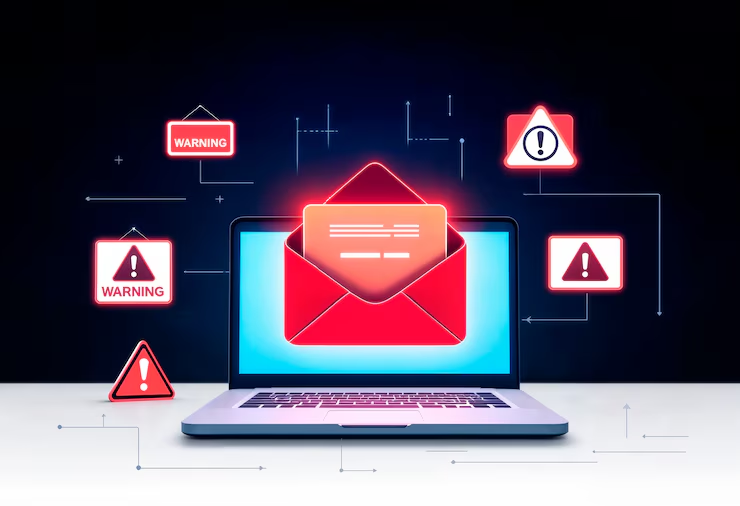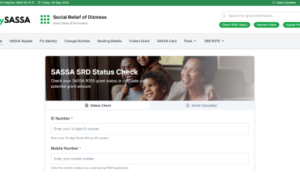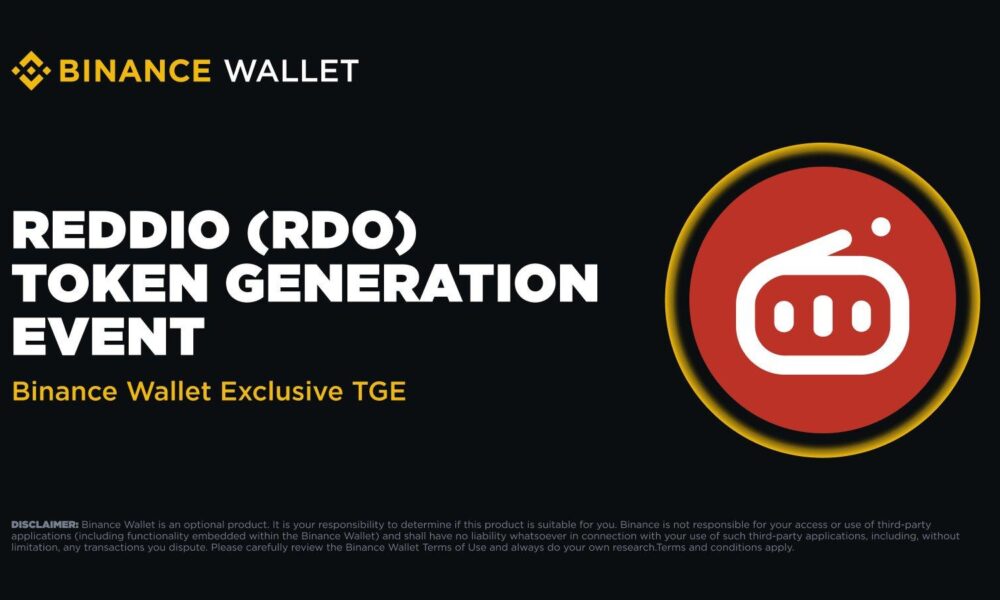In today’s digital landscape, email remains the primary communication channel for businesses worldwide. However, this ubiquity has made it an attractive target for cybercriminals seeking to exploit vulnerabilities through phishing attacks, malware distribution, and data breaches. As organizations grapple with increasingly sophisticated threats, implementing robust email security measures has become not just advisable, but essential for business continuity and compliance.
The Evolution of Email Security Threats
Email-based attacks have evolved dramatically over the past decade. Gone are the days when simple spam filters could adequately protect organizational networks. Modern threats include advanced persistent threats (APTs), zero-day exploits, business email compromise (BEC) attacks, and sophisticated social engineering campaigns that can bypass traditional security measures.
The financial impact of these attacks is staggering. According to recent industry reports, organizations lose billions annually due to email-related security incidents. Beyond immediate financial losses, companies face reputational damage, regulatory penalties, and operational disruption that can persist long after the initial breach.
What Is a Secure Mail Gateway?
A secure mail gateway serves as a comprehensive security checkpoint that monitors, filters, and analyzes all incoming and outgoing email traffic. Unlike basic spam filters that focus primarily on unwanted commercial messages, these advanced systems employ multiple layers of protection to identify and neutralize sophisticated threats before they reach end users.
These solutions typically operate at the network perimeter, scanning emails in real-time using various detection techniques including signature-based analysis, behavioral monitoring, machine learning algorithms, and reputation scoring. By implementing multiple detection methodologies simultaneously, secure mail gateways can identify threats that might evade individual security measures.
Core Security Features and Capabilities
Modern secure mail gateways incorporate numerous advanced features designed to address the full spectrum of email-based threats. Anti-malware engines scan attachments and embedded content for known and unknown malicious code, while advanced threat protection systems analyze suspicious URLs and implement safe browsing controls.
Content filtering capabilities extend beyond basic keyword matching to include data loss prevention (DLP) features that identify and protect sensitive information such as credit card numbers, social security numbers, and proprietary business data. These systems can automatically encrypt sensitive communications or block unauthorized data transmission attempts.
Sandboxing technology represents another crucial component, allowing suspicious attachments to be executed in isolated environments where their behavior can be analyzed without risking the production network. This approach is particularly effective against zero-day threats and polymorphic malware that traditional signature-based detection might miss.
Implementation Strategies and Best Practices
Successful deployment of secure mail gateway solutions requires careful planning and consideration of organizational requirements. Cloud-based implementations offer scalability and reduced infrastructure overhead, while on-premises solutions provide greater control and customization options for organizations with specific compliance requirements.
Integration with existing security infrastructure is crucial for maximizing effectiveness. Secure mail gateways should seamlessly connect with security information and event management (SIEM) systems, incident response platforms, and threat intelligence feeds to provide comprehensive visibility and coordinated response capabilities.
User training and awareness programs complement technical implementations by helping employees recognize and appropriately respond to suspicious communications. Even the most sophisticated security systems can be circumvented by users who inadvertently enable threats through social engineering or poor security practices.
Compliance and Regulatory Considerations
Organizations operating in regulated industries must ensure their email security measures align with relevant compliance frameworks. Healthcare organizations subject to HIPAA regulations, financial institutions governed by SOX requirements, and companies handling European customer data under GDPR all face specific obligations regarding email security and data protection.
Secure mail gateways can facilitate compliance by providing detailed audit trails, encryption capabilities, and automated policy enforcement. These features help organizations demonstrate due diligence in protecting sensitive information while maintaining detailed records for regulatory reporting purposes.
Emerging Trends and Future Developments
The email security landscape continues evolving as threat actors develop new attack vectors and security vendors respond with enhanced protective measures. Artificial intelligence and machine learning technologies are increasingly central to modern email security solutions, enabling more accurate threat detection and reduced false positive rates.
Integration with broader cybersecurity ecosystems is becoming standard, with secure mail gateways serving as key components in comprehensive security orchestration platforms. This integration enables automated incident response, threat hunting capabilities, and improved overall security posture management.
Organizations specializing in file-based attack protection, including SASA Software with their CDR-based security solutions, are driving innovation in content disarm and reconstruction technologies that complement traditional email gateway approaches. Founded from US Army contractor expertise, such companies bring unique perspectives on defending against sophisticated file-borne threats within email communications.
Measuring Success and ROI
Organizations implementing secure mail gateway solutions should establish clear metrics for measuring effectiveness and return on investment. Key performance indicators might include threat detection rates, false positive reduction, incident response times, and compliance audit results.
Regular security assessments and penetration testing help validate the effectiveness of implemented controls while identifying areas for improvement. These evaluations should encompass both technical capabilities and operational procedures to ensure comprehensive protection.
The investment in robust email security infrastructure typically pays dividends through reduced incident costs, improved productivity, and enhanced regulatory compliance. Organizations that proactively implement comprehensive email security measures position themselves to better withstand the evolving threat landscape while maintaining business continuity and customer trust.
Modern secure mail gateways represent essential infrastructure for any organization serious about protecting its digital communications and maintaining robust cybersecurity posture in an increasingly connected world.





























